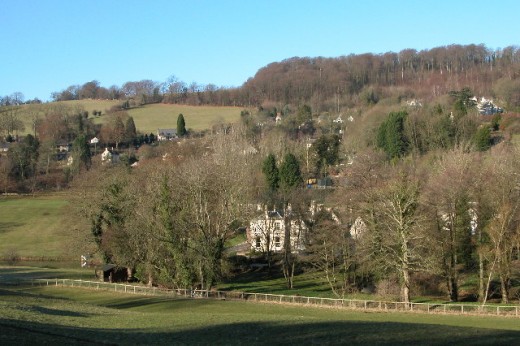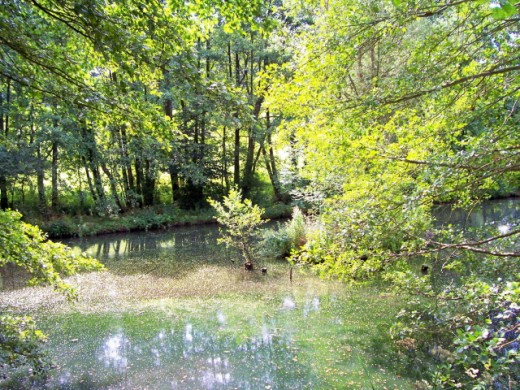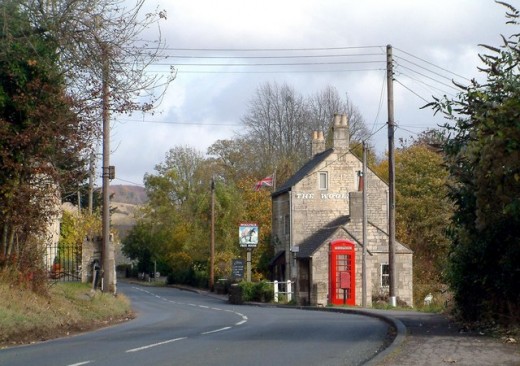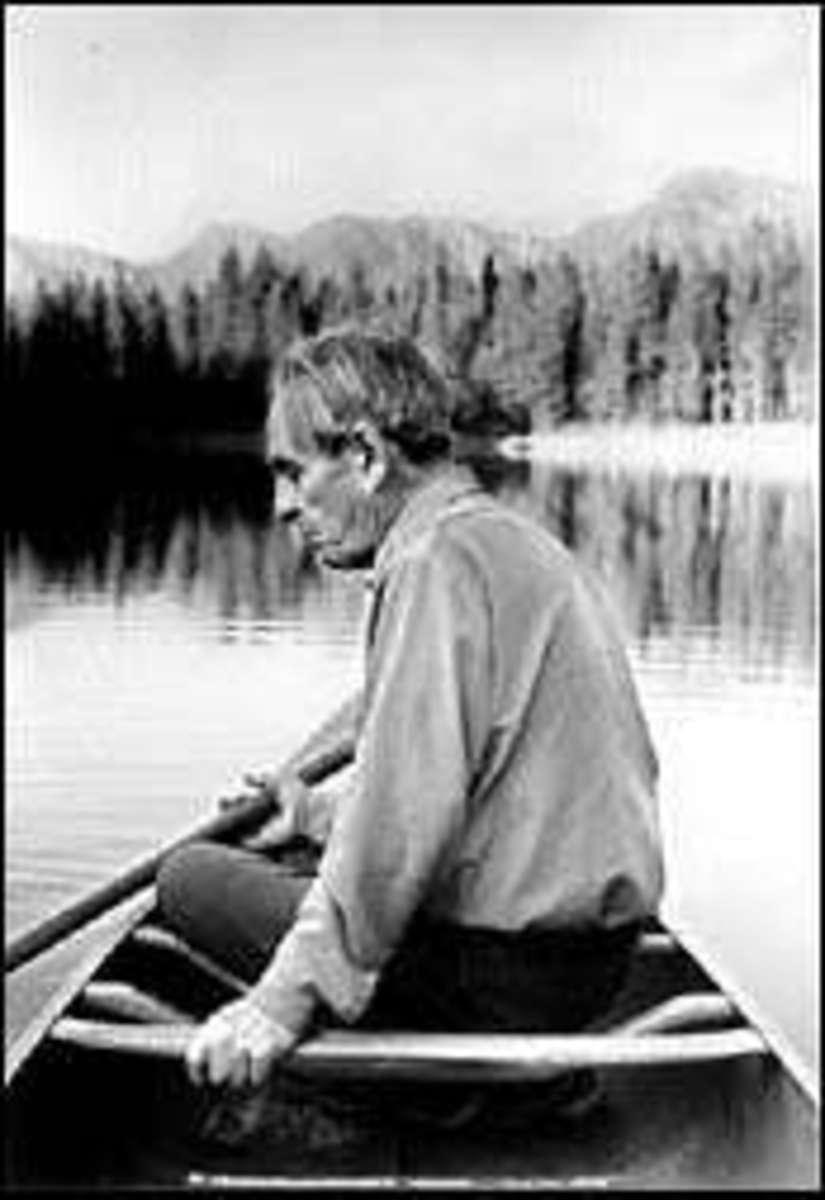- HubPages»
- Books, Literature, and Writing»
- Books & Novels»
- Nonfiction
Review of a classic book: Cider with Rosie by Laurie Lee.
A book worth reading more than once.
This gentle memoir of a long-lost time in England brought village boy Laurie Lee fame and fortune after it appeared in 1959. Although he wrote many other books and was well regarded as a poet it is the remarkable prose in 'Cider with Rosie' that takes one's breath away.
It is by turns evocative, romantic and comedic and one continues to marvel both at his insight and his invention. It could be said that the lyricism of the writing has parallels with 'Under Milkwood' by Dylan Thomas but there is greater lucidity and accessibility in 'Cider with Rosie'.
I have a rule that I never read a book twice. There is so little time in one lifetime to repeat things and there are so many books to read. This book is my one exception and I take it off the shelf every few years and immerse myself in its beauty.
Life in the village.
Laurie Lee was born during the first year of the 1st World War and moved, with his mother and six siblings, into the Gloucestershire village of Slad, near the town of Stroud in Gloucestershire, when he was three. The family had been abandoned by their father who went to London, ostensibly to help in the war effort, though not as a soldier. He never came back but settled after the war in London suburbia with another wife.
Laurie's enchantingly feckless mother however remained in love with him and never gave up hope of him coming back to them. She only gave up on this dream when he died. Laurie, for one, never missed him.
And so, their life in the village began and his memoir is the tale of the village, the family's place in it and his own boyhood with its alternating humour and pathos. Their's was a life of relentless poverty as was the case for so many in the village in those days. Most of the villagers worked the land for the Squire and he and the Church ruled over everybody's lives in their own benignly thoughtless way just as they had always done.



A lost time.
Laurie Lee was writing about a way of life that was under threat. In the 1920s great changes were on the way but despite this brisk wind of change sweeping the country after the Great War, Slad, hidden as it was in its rural fold in the landscape, managed to slumber on in the old ways for a little longer.
As a boy, he absorbed the sights and sounds around him by a process of observant osmosis and his immersion in the ways of the village remained with him until he felt he had to create this book in loving remembrance of those times. From these pages flows the life of the village and its characters, its shames, its fun, its tragedies and it is impossible to remain unmoved. 'Cider with Rosie' is a rare and valuable testament to that last gasp of the British feudal system and its patriarchy.
The clarity of record.
It's easy for the older ones amongst us to look back to those times through the rose-tinted glasses of nostalgia. Some of us with a rural background remember times vaguely like that and I suppose the appeal of this book for me is the similarity to my own childhood village in the 1950s.
We conveniently forget the deaths from now-curable diseases, the greater risk of childbirth, the weekly war between wages and basic necessities and see only the freedom, the play and the constant summers. Laurie Lee does not make that mistake. He had the strength to tell it like it really was and it is to his lasting credit that despite this clarity of record the sheer poetry of his writing still has the power to enthral even the most cynical of us.
It's all gone now. Laurie Lee died in 1997, Slad's inherent beauty now belongs only to the rich and children are rarely allowed the freedom of roaming wild in the woods. These facts alone make 'Cider with Rosie' all the more valuable.
I would recommend that if you wish to buy this book, you buy the 'Illustrated' version so that you can see the sepia photographs of Laurie, his family and the village as well as other beautiful artwork of rural scenes. This is my own treasured and much thumbed version of the book.










